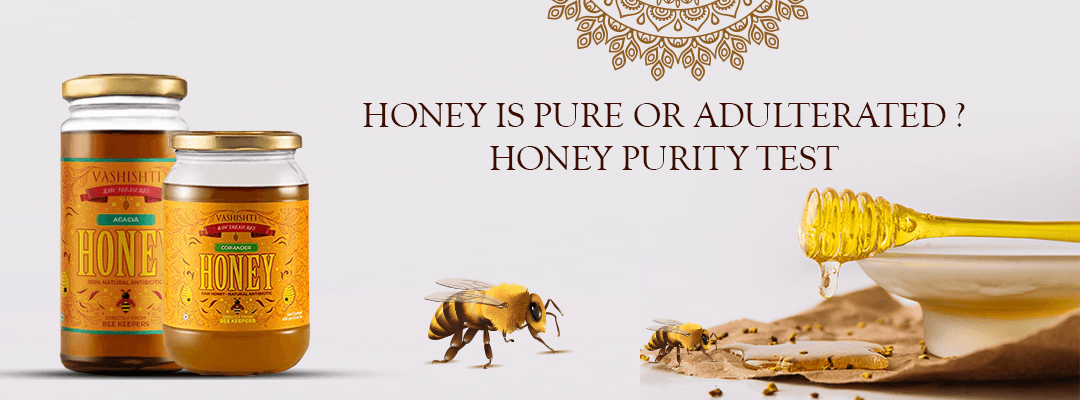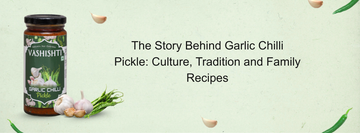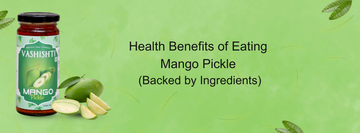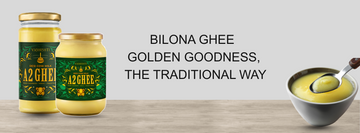The fact that India is one of the major users of honey has surprised many. Additionally, due to its therapeutic benefits, people were already consuming more honey than ever before during the COVID-19 pandemic. You must comprehend the purity of honey in order to reap its benefits. The quality of honey is one of the greatest issues, which is typically a differentiator. It can be difficult to get pure honey these days because adulteration has become a popular practice. Infrequently disclosed to customers, high fructose corn syrup, glucose solution, and other substances might be used with honey.
Most of us frequently substitute honey for refined sugar as a healthy alternative. Honey is appropriately referred to as nature's sweet nectar because it is free of fat, cholesterol, and sodium. The luscious, gooey liquid is nothing short of an elixir for us. But before purchasing honey if you want to make the leap to a healthier lifestyle, you must first verify its purity.
Pure Honey: What Is It?
Real honey is made by bees, not in machines. Pure honey is typically used to describe natural and organic honey. Nevertheless, it is not always possible to determine the purity of the honey by simply looking at it.
Only honey bees can create natural honey, which is labelled as organic when the bees are fed only organically grown flowers.
What is artificial (Fake) honey?
When little amounts of actual honey are combined with various other less expensive sugars and syrups, the result is typically referred to as "fake honey." These syrups, like those made from corn or rice, not only cost a lot less to make than real honey, but they also take far less time.
- For example, if you try to open a brand-new jar of honey and you hear a small pop sound that may be a hint that the honey is actually contaminated; this typically occurs when fermentation occurs inside the container.
As is common knowledge, bees are the best source of honey. If you want to purchase honey, keep an eye out for the terms raw, natural, wild honey, or organic.
- Here are a few quick tests you may perform in the comfort of your own home to see if the honey you're buying is real or adulterated
- The Thumb Test
Try spreading a small bit of honey on your thumb to see if it spreads or spills like other liquids do. Possibly not being pure if it does As opposed to impure honey, which is watery, pure honey is thick. When applied, pure honey doesn't flow away but instead adheres to the surface. In addition, because there is added sugar, the flavour of impure honey may persist.
- The Water Test
Pour a glass of water filled with a teaspoon of honey. While pure honey, which has a denser texture and is more authentic, will settle as lumps at the bottom of the glass, fake or adulterated honey will dissolve in the water. The same is true for white cloths or blotting paper. Pure honey applied to the two will not absorb or leave stains.
- The Flame Test - You might not be aware of this, but pure honey is inflammable. However, we kindly ask that you conduct this test with the utmost prudence and at your own risk. A dry matchstick should be dipped in honey. Strike the matchbox with the matchstick. If it starts to glow, the honey is pure. If it doesn't glow, it might be tampered with and contain some.
- Blot Test or Flowing Test- Take a piece of cloth or blotting paper, add a few drips of honey, and let the honey trickle over the surface. Honey is regarded as being pure if it flows without becoming moist. Honey is seen as impure if it becomes moist or absorbs anything. Again, it is based on the amount of water or moisture in the honey. Because of their similar density to pure honey, adulterants also flow over fabric like pure honey.
Again, it is based on the amount of water or moisture in the honey. Because of their similar density to pure honey, adulterants also flow over fabric like pure honey.
- Use vinegar- A tablespoon of honey, a few drops of vinegar essence, and some water should be combined. There is a very high likelihood that your honey may be contaminated if this mixture foams up.
- The Heat Test- Pure honey will immediately caramelized when heated and won't bubble up. However, if the honey isn't pure, it cannot caramelise and bubble up when heated. When comparing the physical characteristics of pure versus contaminated honey, several differences can be seen with the unaided eye. Pure honey just drips into a stream and is dense. It has a characteristic sweet aroma, a delicate texture, and never separates into layers. When taken, raw honey, which is honey in its purest form, frequently causes a minor burning or tingling sensation in the throat.
- The taste and smell of fake honey may occasionally be able to identify it, although this is not always the case. Due to the fact that honey is a natural product and is made from the nectar of various flowers, its flavour and aroma may vary.
Also, it is impossible to sample honey before buying it if it is contained in a sealed bottle or jar. As a result, it is suggested that you only purchase Original Honey online with Vashishti Honey.



